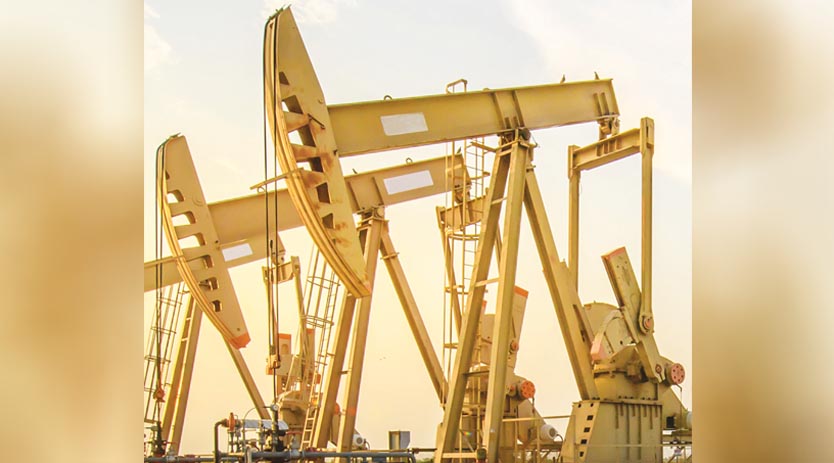Plant-level detection and reporting of methane emissions are designed to help customers reduce greenhouse gas emissions, lessen production losses, improve productivity, and comply with ongoing legislation.
Honeywell’s Emissions Management Solution (EMS) is an automated and continuous outcome-based solution. It simplifies methane emissions measurement, monitoring, reporting and reduction at the plant level for various industrial markets.
The EMS offers innovative, hazard area-certified wireless gas leak detection technology, automated data collection systems, and software to identify methane leaks quickly. It also processes vents to help reduce production losses; while providing a streamlined and optimised reporting process. It helps customers as they strive to achieve their corporate sustainability targets and align with global government emission regulations. Methane leaks are a significant contributor to climate change. According to the United States Environmental Protection Agency, methane is more than 25 times as potent as carbon dioxide at trapping heat in the atmosphere over 100 years. Methane leaks can also have a significant business impact. In 2021 alone, the global oil and gas industry wasted $19 billion of natural gas due to methane emissions.
The current state of methane emissions monitoring techniques traditionally relies on top-down periodic manual and labour-intensive manual practices. These can result in inaccurate, fragmented data and reactive maintenance procedures. EMS customers can now continuously track and measure real-time emission baseline levels, providing precise data to manage equipment and maintenance proactively.
Adrian Fielding, General Manager of Emissions Control and Reduction at Honeywell Process Solutions, said, “Honeywell’s Emissions Management Solution offers customers in the industrial sectors an array of ready-now sustainability technologies to support their emission reduction goals and their compliance with regulatory standards. By integrating a plant-level holistic and proactive solution that provides actionable insights and drives emission reduction strategies, customers can produce accurate, auditable and near real-time time reports of their total methane emissions across all platforms.”
Key components and benefits of EMS include
• Innovative wireless gas leak detection technologies made up of Honeywell’s VersatilisTM Signal ScoutTM wireless Industrial IoT leak detection sensors and Rebellion Gas Cloud Imaging cameras, which allows for organisations to quickly identify, quantify, and reduce fugitive and process methane leaks that could impact worker safety or lead to production loss.
• An accurate and reliable data collection system with Honeywell’s Experion® Elevate, a scalable cloud-enabled SCADA (supervisory control and data acquisition) solution for OT/IT, removing the need for periodic manual reporting and offering flexible, proactive analytical insights to optimise energy use and improve operational efficiency.
• An outcome-based service program featuring Honeywell’s Emissions 360 (E360), a solution that generates key performance indicators and equips customers with actionable, automated, and manual emissions reduction tactics.
• Plant-wide visualisation and reporting system that enables predictive maintenance and reduces plant downtime while providing a complete and integrated near real-time analysis of Scope 1 emissions.
• Integration with Honeywell Forge Sustainability+ for Industrials | Emissions Management to provide organisations with an enterprise-level end-to-end software solution that includes emissions monitoring, analytics, visualisation, and proactive insights to reduce emissions.
Honeywell is committed to achieving carbon neutrality in its operations and facilities by 2035 and recently announced a new set of commitments that further advance its sustainability goals, including committing to set a science-based target with the Science Based Targets initiative (SBTi) that will include scope 3 emissions and participation in the U.S. Department of Energy’s Better Climate Challenge.
The company also supports the Paris Climate Agreement. These efforts build on the company’s track record of sharply reducing the greenhouse gas intensity of its operations and facilities.
Cookie Consent
We use cookies to personalize your experience. By continuing to visit this website you agree to our Terms & Conditions, Privacy Policy and Cookie Policy.















